Frisky Cars (1959) Ltd launched The Frisky Prince at the Earls Court Show in October 1960
The three-wheel Frisky Prince was basically a re-bodied Family Three Mark 2 and was listed at a price of £396. A four-wheel version was promised for early 1961. Unfortunately, future events meant this was not to be, and only three-wheeled ones were made.
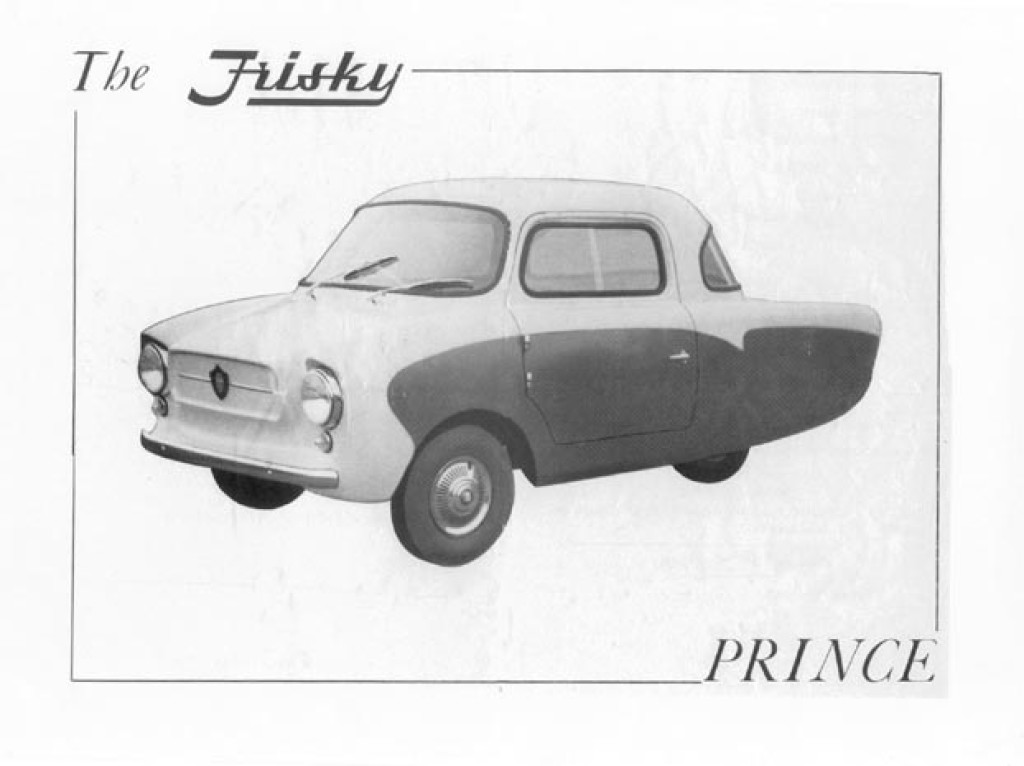
Shortly after the Show in November 1960 Anthony Brindle, joint M.D. of Frisky Cars (1959) Ltd and Ray Griffiths of Villiers set out on a publicity tour in the Prince. Leaving on a Friday they were attempting to visit five European capitals, Paris, Luxembourg, Brussels, Amsterdam, arriving back in London by the following Monday having spent less than £5.00 on fuel!
Unfortunately, this did little to boost sales and in the background, negotiations were underway for the purchase of the company by Mr R Bird the chairman of Petbow Ltd.
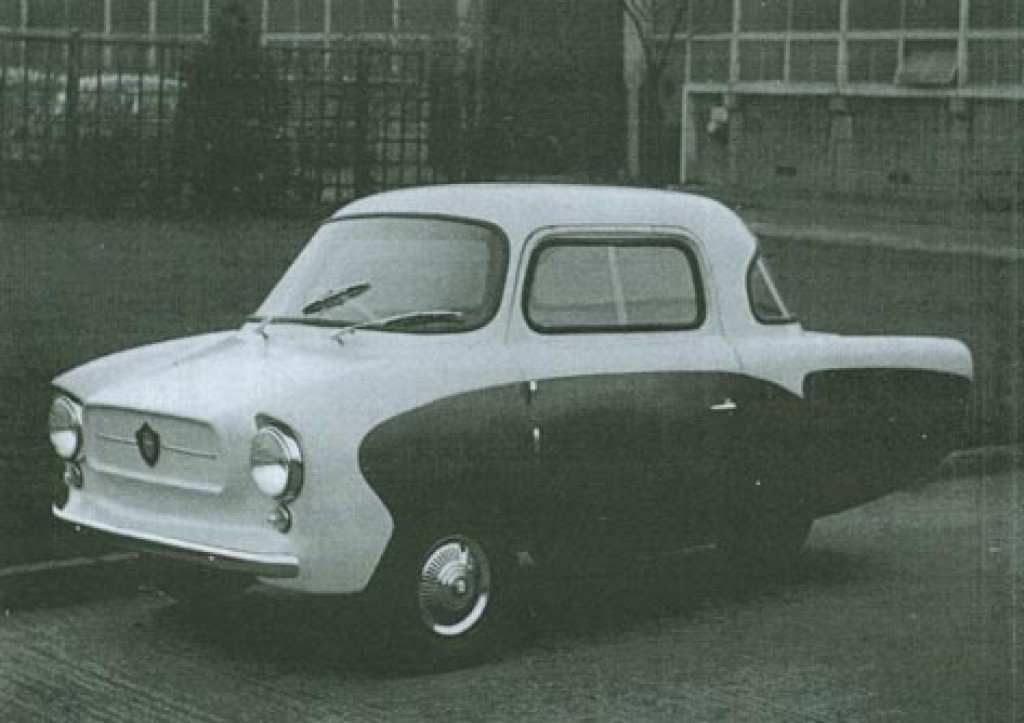
Outside Henry Meadows Ltd Wolverhampton
So in February 1961, less than eighteen months after production of the Frisky had recommenced at the Meadows factory, the production line with all stock and tooling was moved to the Petbow works in Sandwich Kent bringing to a final close Frisky production at Fallings Park Wolverhampton
The intention was that the cars would be produced on the night shift and the workers would share the profits. However, this did not go as planned and problems with reliability and chassis crabbing eventually bought the whole venture to an end.
The following year the remaining stock was taken up by Frisky Spares and Services Queenborough who mainly supplied spare parts and would build a car if required but preferred to supply a “build it yourself” kit. They did try to remarket the Prince but had little success.
The body had been completely re-designed, described as a more streamlined shape. It was 12 inches longer than the Family Three and slightly wider with lower door cills. The Prince was supplied in a two-tone colour scheme. A recessed styling line along both sides provided the breakpoint between colours and it was recommended that the top half was always white as this enhanced the look of the car (a debatable point!) The body was colour pigmented and eight colours were initially offered for the lower half.
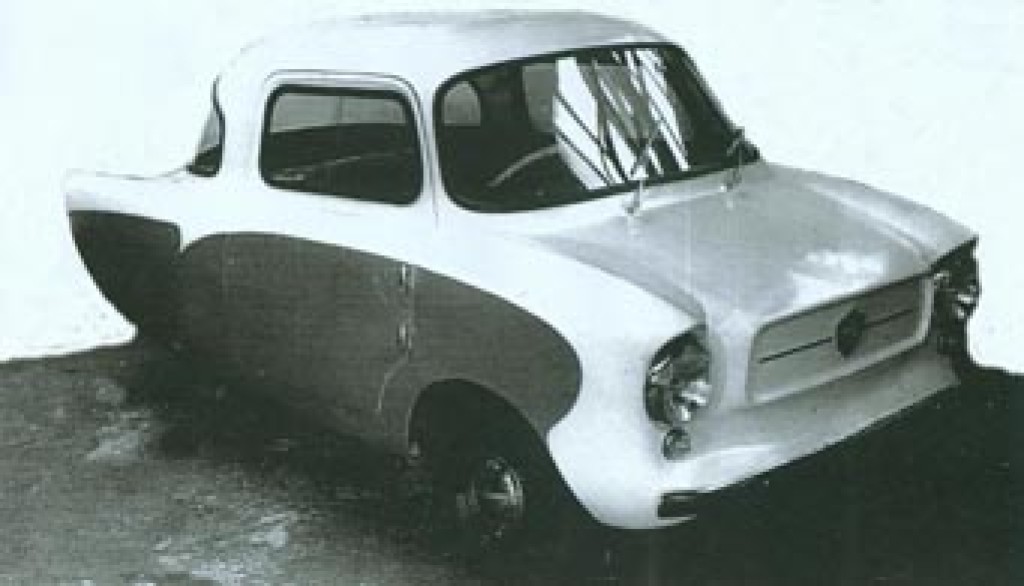
The Earls Court Show car
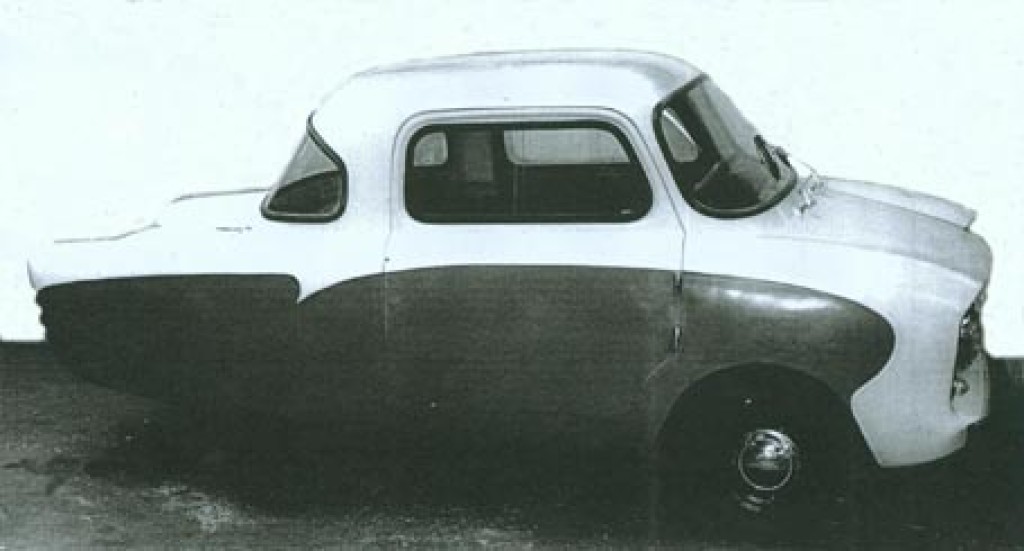
The doors were now front-hinged, the side curtains dispensed with and “proper” glass sliding side windows were now built into the doors. To improve visibility a wrap round glass rear window was also fitted.
At the front, the traditional Frisky “grill was maintained but with hooded headlights and a moulded shield-shaped badge replacing the Horse & Gear badge. Access to the engine and rear compartment was by way of a large vented hatch that formed most of the sloping rear panel.
A chrome single bumper was close fitted to the front and rear of the moulding, no over-riders were fitted.
All lights were Lucas along with the indicators that had been relocated from the sides to the front and rear of the car.
In the front, there were two single bucket seats for adults and two occasional seats in the rear suitable for a child up to the age of 12years. Future cars were to have a front bench seat as soon as the existing stocks of bucket seats were exhausted. The roof interior was sprayed with Policrome Fleck Paint which gave an attractive flecked appearance whilst being easy to clean.
The dash and its layout were as the Frisky Family Three with parcel trays either side.
The Family Three Mk2 chassis was used with Dubonnet rubber in torsion front suspension and Armstrong swinging arms with hydraulically damped coil springs at the rear.
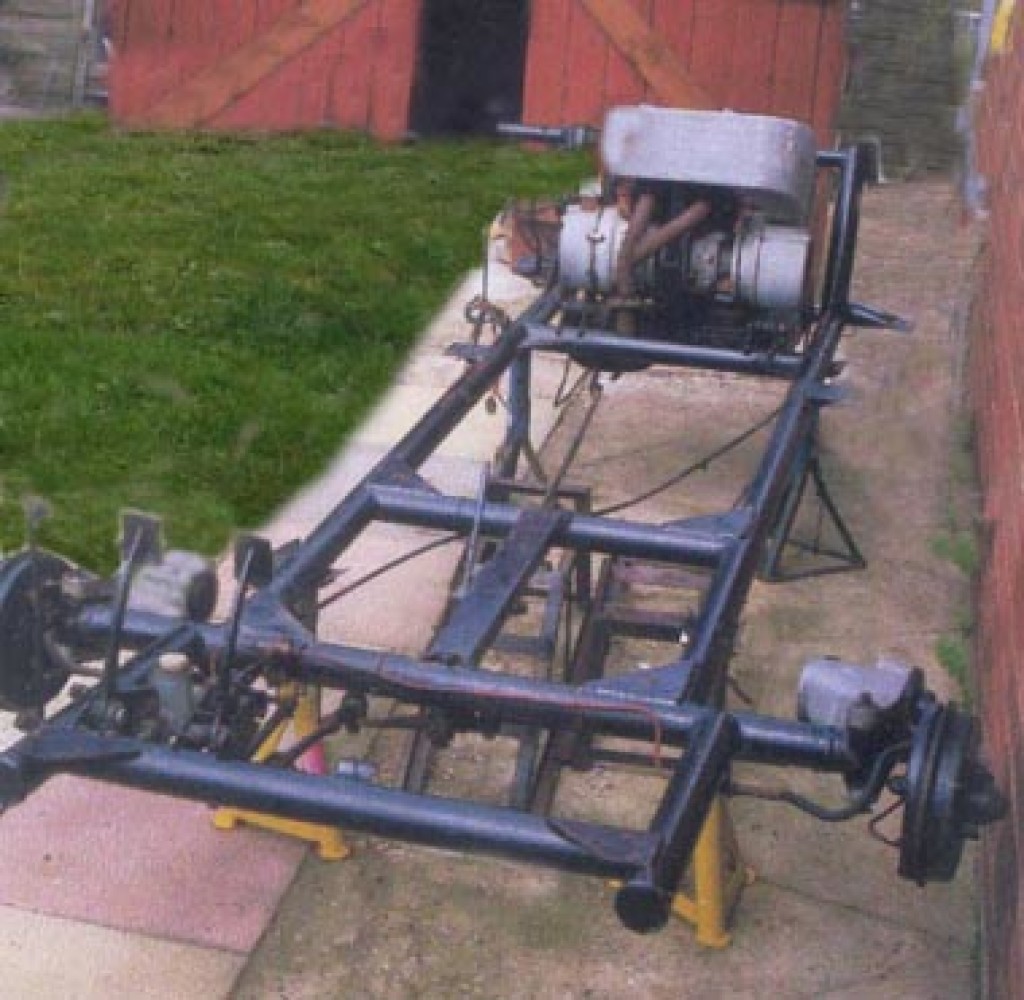
The Dubonnet equipped chassis a few later ones were built with Mcpherson struts
(The front suspension was changed on the Frisky Spares and Services Prince to the McPherson struts (combined coil spring with a hydraulic damper) used on the original Family Three and bumper over-riders were fitted).

Dubonnet font suspension
As standard, the Prince was offered with an Excelsior TTI 328cc twin coupled with an Albion four-speed gearbox which had the advantage of a “real” reverse gear. The popular 325cc Villiers 3T Twin was available as an option but relied upon the Siba Dynastart system for reverse.
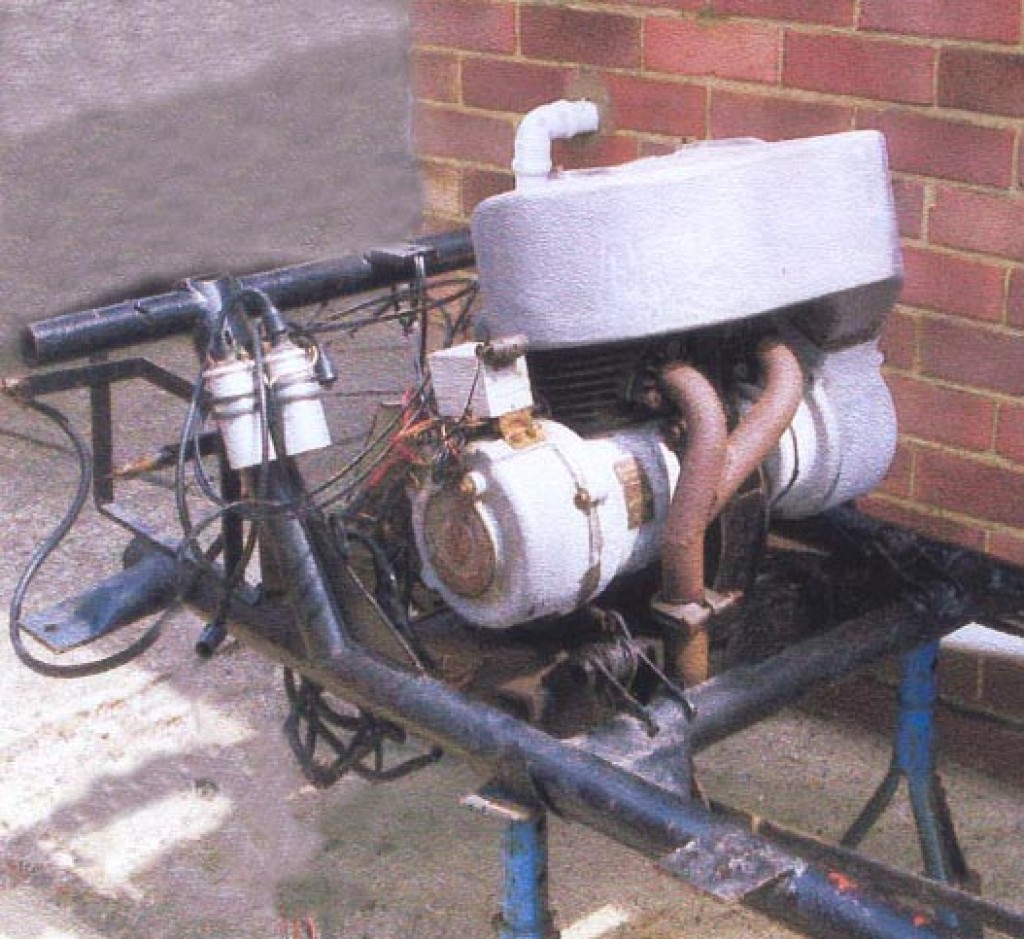
The Excelsior TTI 328cc Twin
The Frisky Prince faced serious competition from other cars such as the Mini and was not a success very few were built. I have no figures but only 3 cars have turned up in the 30 years I have run the Register and of those only this one was close to complete.
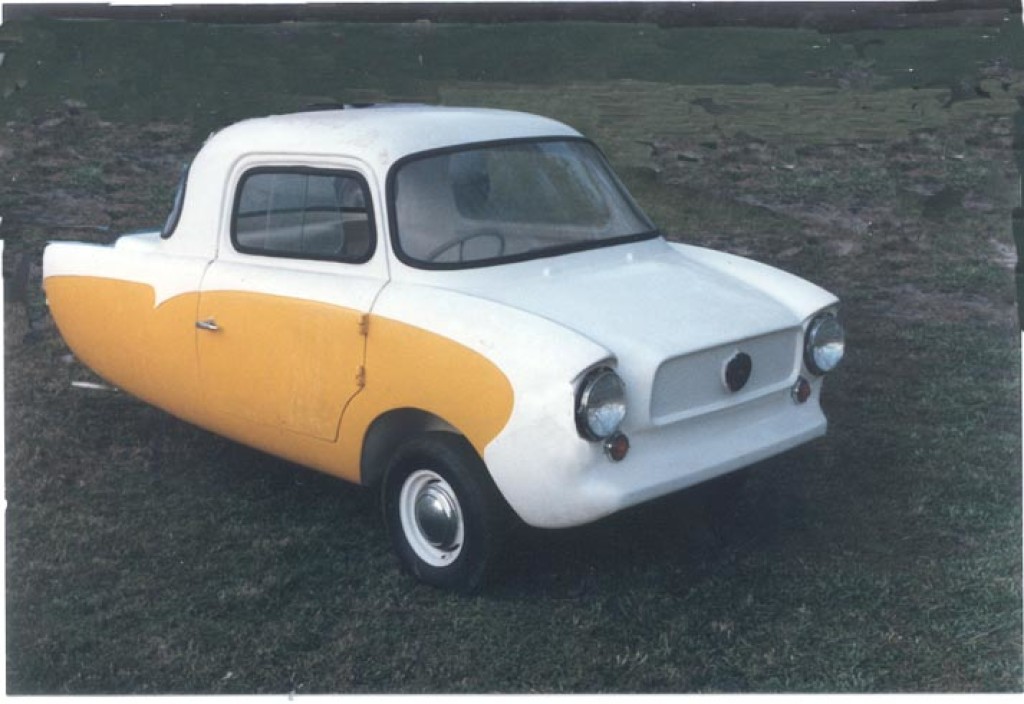
The only known complete Frisky Prince